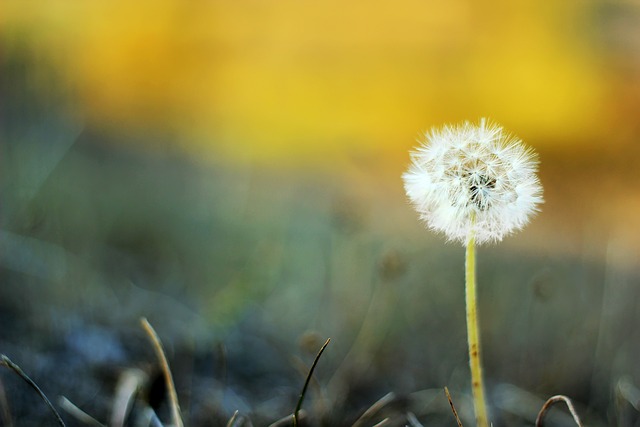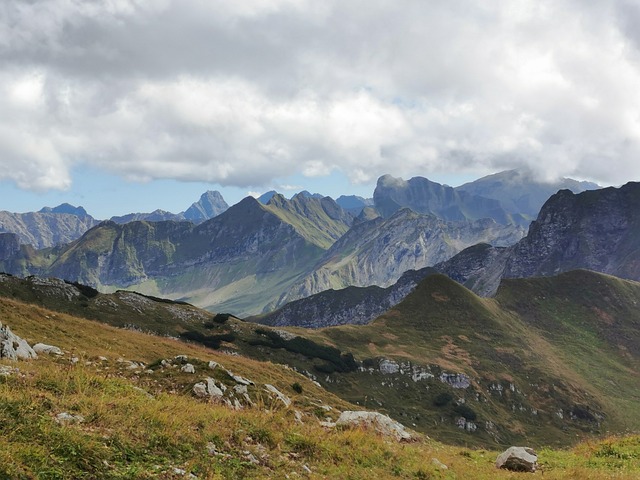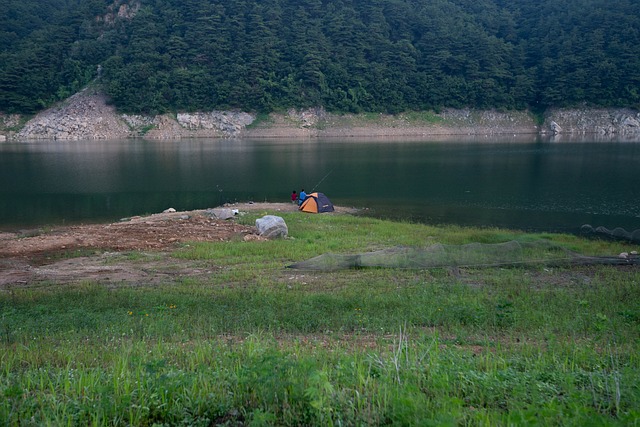mucura bicho ✔ Mucura Bicho: A Marvel of the Brazilian Biodiversity

Mucura Bicho: A Marvel of the Brazilian Biodiversity
In the heart of Brazil's rich and diverse ecosystems, a creature known as the mucura bicho stands out as a symbol of the intricate web of life that thrives in this vast region. This captivating insect, often overlooked, plays a crucial role in its habitat, serving both ecological and cultural functions that are essential for maintaining the balance of the environment. The mucura bicho, with its unique characteristics and behaviors, provides a fascinating glimpse into the complexities of Brazilian biodiversity.mucura bicho
The mucura bicho, commonly referred to as the "walking stick" insect, belongs to the family Phasmatidae. With its elongated body and remarkable ability to mimic twigs and branches, it has evolved as a master of camouflage. This adaptation not only serves as a defense mechanism against predators but also highlights the delicate interplay between species within its ecosystem. The mucura bicho's body can vary in color from green to brown, allowing it to blend seamlessly into its surroundings, a feature that is essential for its survival.mucura bicho

Biologically, mucura bicho exhibits fascinating reproductive behaviors. Females are often larger than males, and their reproductive strategies are as varied as their habitats. Some species reproduce parthenogenetically, meaning females can produce offspring without the need for males, a trait that allows for rapid population growth in favorable conditions. This remarkable ability is a testament to the resilience of the species, showcasing how evolutionary strategies can adapt to environmental pressures.mucura bicho

Ecologically, the mucura bicho occupies a significant niche in the food web. As herbivores, they primarily feed on leaves, which not only provides them with sustenance but also influences the health of the vegetation they consume. Their feeding habits can impact the growth patterns of various plant species, promoting biodiversity by allowing different plants to thrive. The mucura bicho thus plays a pivotal role in maintaining the ecological balance, demonstrating how even the smallest creatures can have far-reaching effects on their environment.
Beyond its ecological significance, the mucura bicho holds cultural importance for many local communities. Indigenous peoples and rural populations often share stories and folklore surrounding this remarkable insect, embedding it within their cultural narratives. These stories often reflect a deep respect for nature and an understanding of the interconnections between species. By recognizing the mucura bicho's role in both the ecosystem and human culture, we can appreciate the importance of conserving such species for future generations.
However, despite its critical role, the mucura bicho faces numerous threats due to habitat destruction, climate change, and pollution. As urbanization expands and natural habitats are altered, the delicate balance that sustains these insects is increasingly jeopardized. Conservation efforts are essential to protect not only the mucura bicho but also the broader ecosystems that rely on its presence. Initiatives aimed at preserving natural habitats and promoting sustainable practices can help ensure that this species continues to thrive.
In recent years, there has been a growing interest in entomology and the study of insects, with researchers and environmentalists emphasizing the importance of understanding these fascinating creatures. Efforts to document and study the mucura bicho are gaining momentum, providing valuable insights into its behavior, habitat preferences, and ecological roles. Such research is critical for informing conservation strategies and raising awareness about the importance of biodiversity.
Furthermore, educational programs aimed at raising awareness about the mucura bicho and its role in the ecosystem can foster a greater appreciation for the intricate connections that exist within nature. By engaging communities and encouraging active participation in conservation efforts, it is possible to create a sense of stewardship that empowers individuals to protect their local environments.
In conclusion, the mucura bicho is not merely an insect; it is a vital component of Brazil's biodiversity and a testament to the intricate relationships that exist within ecosystems. Its ability to adapt and thrive in diverse habitats underscores the importance of preserving these environments for future generations. As we continue to explore the depths of our natural world, let us not forget the significance of even the smallest creatures, for they hold the keys to understanding the balance of life on our planet. The mucura bicho, with its unique adaptations and ecological roles, serves as a reminder of the beauty and complexity of nature that surrounds us.
Fale conosco. Envie dúvidas, críticas ou sugestões para a nossa equipe através dos contatos abaixo:
Telefone: 0086-10-8805-0795
Email: portuguese@9099.com


